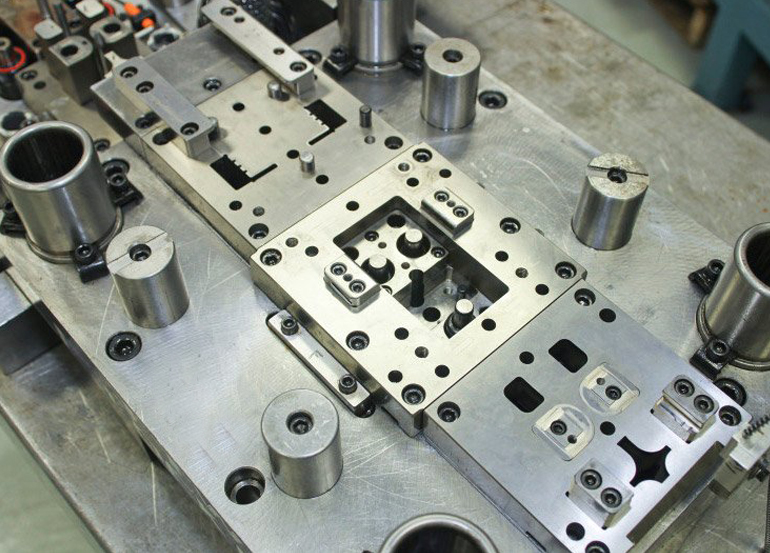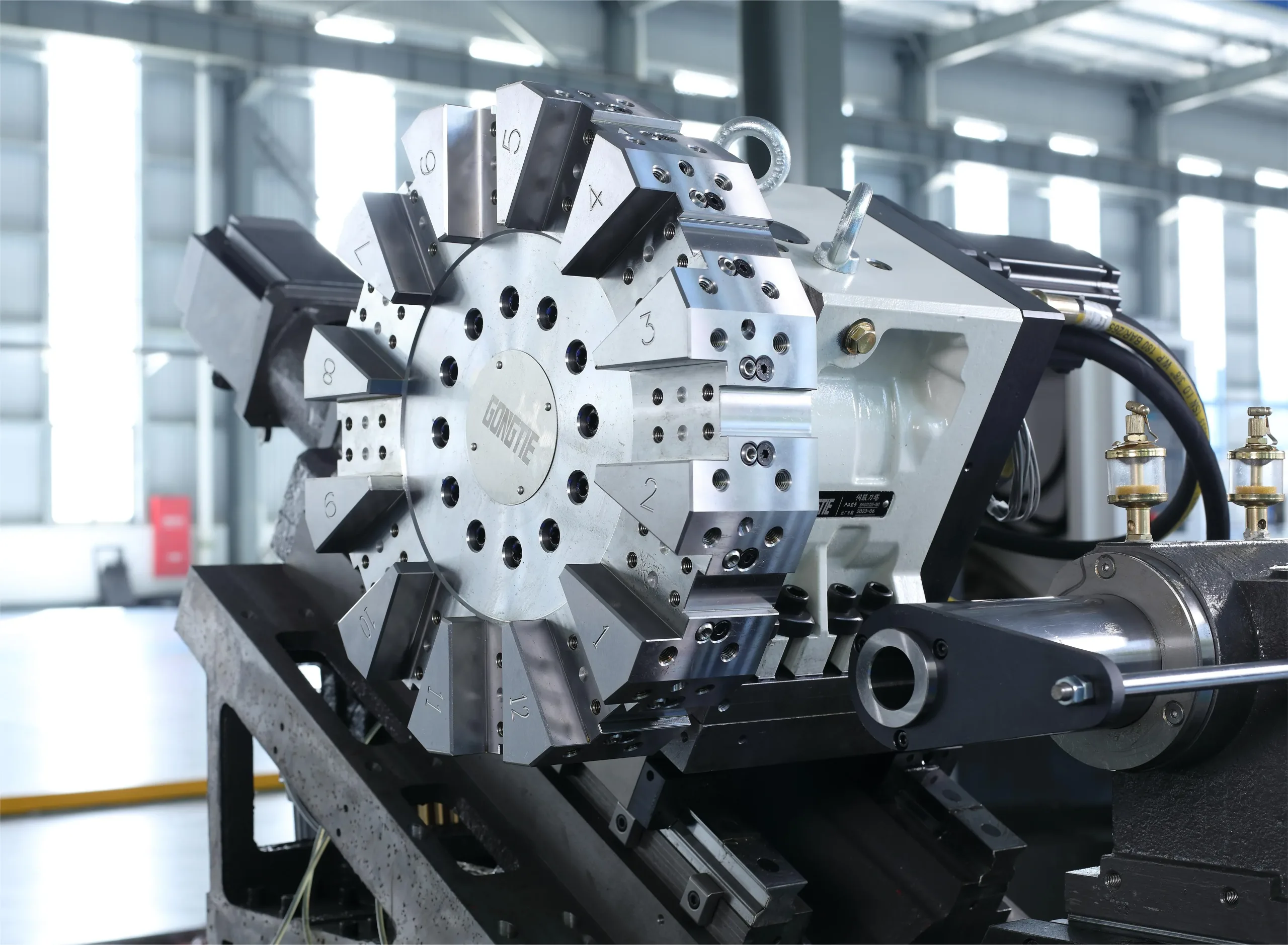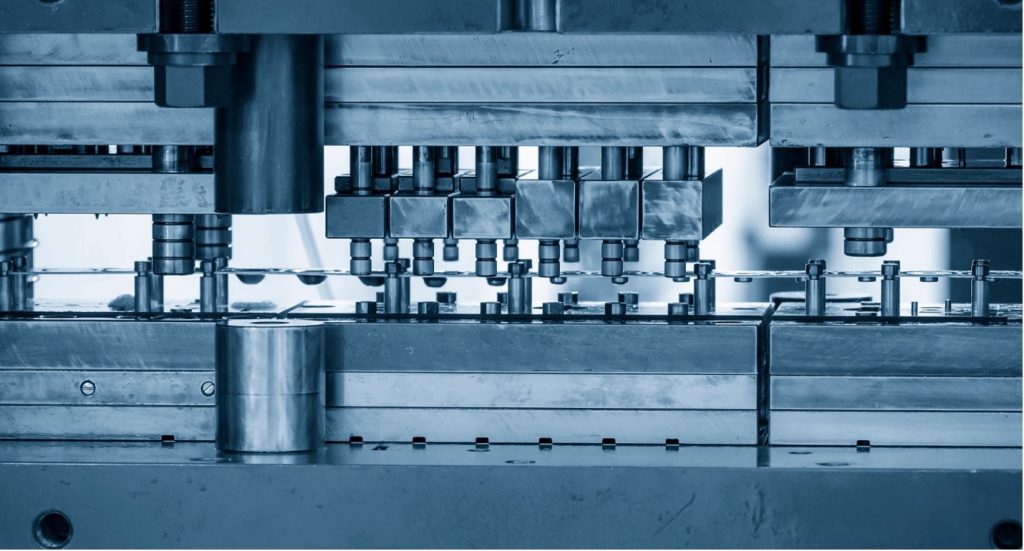High-performance stamping dies in all electronics manufacturing are almost inseparable from precision tools, which ensure that every piece of sheet metal or strip of metal is formed with micron-level accuracy. Without them, high-volume production would be rife with errors, inefficiencies, and costly waste. Whether you are producing smartphone connectors or electric vehicle terminals, tooling quality has a direct impact on yields.
Tool Materials Affect Base Performance
The base material of a tool is foundational to its performance. Most Precision Tools for stamping dies use high-speed steel (HSS) or tungsten carbide, each offering distinct benefits. HSS provides affordability and versatility, while carbide delivers superior wear resistance, making it ideal for high-output environments. Your material choice affects tool life, maintenance cycles, and, ultimately, part quality.
Furthermore, the heat treatment of tool steel affects hardness and toughness. A well-heated tool holds its edge longer and resists cracking under pressure. In high-volume electronics production, that durability can make or break your lead times. Therefore, choosing the right material isn’t just a technical decision—it’s a strategic business decision.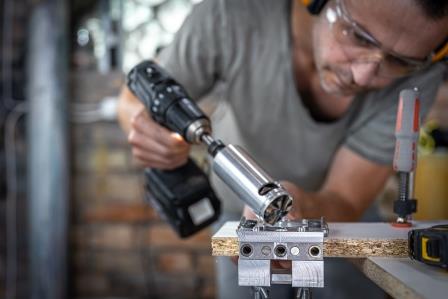
Advanced Manufacturing Techniques for Precision
Precision Tools owes its accuracy to advanced machining techniques. CNC grinding, wire EDM (Electrical Discharge Machining), and laser cutting allow for intricate, repeatable geometries. These processes provide tolerances as tight as ±2 microns, which is critical for small, complex electronic parts. As electronics become smaller, toolmakers must adapt to increasingly finer machinery and controls.
Besides fabrication, metrology ensures each tool meets its design specs. Optical comparators, coordinate measuring machines (CMMs), and laser scanning verify dimensions before tools are sent to the press. This extra step keeps tool failures low and uptime high—a necessity when every second counts in mass production.
Surface Treatments for Extended Tool Life
A good tool becomes great with the proper surface treatment. Coatings such as titanium nitride (TiN), titanium carbonitride (TiCN), or diamond-like carbon (DLC) enhance hardness and reduce friction. These treatments keep tools cooler, resist galling, and significantly extend service life. For OEMs, fewer tool changes mean lower costs and higher throughput.
Additionally, polished surfaces improve material flow and prevent scrap buildup. When metal flows smoothly, die wear is reduced, and parts exit with cleaner edges. This minor enhancement can have a significant impact on overall efficiency, particularly in high-speed progressive stamping setups.

The Role of Tight Tolerances and Alignment
Stamping dies operate in high-speed environments, where even a slight misalignment can lead to catastrophic failures. Precision Tool maintains tight tolerances, ensuring upper and lower die components align perfectly. Accurate alignment reduces part defects and prevents premature wear, thereby minimizing downtime.
Alignment also affects the longevity of die components. Misaligned punches and dies create uneven stress that leads to cracks and fatigue. Investing in precise alignment tooling and checking fixtures pays dividends over time, keeping operations smoother and reducing the need for emergency tool replacements.
Modular Tooling Systems for Faster Changeovers
Modular tooling systems increase flexibility and decrease setup time. These systems allow manufacturers to swap punches, dies, and guide components without re-machining or recalibrating entire setups. The precision of each module ensures consistency across different batches and product types.
Moreover, modularity supports quick adaptation to design updates or new SKUs, which is essential in fast-paced electronics markets. Precision Tools in modular formats empower stamping facilities to scale efficiently and reduce downtime during product transitions.
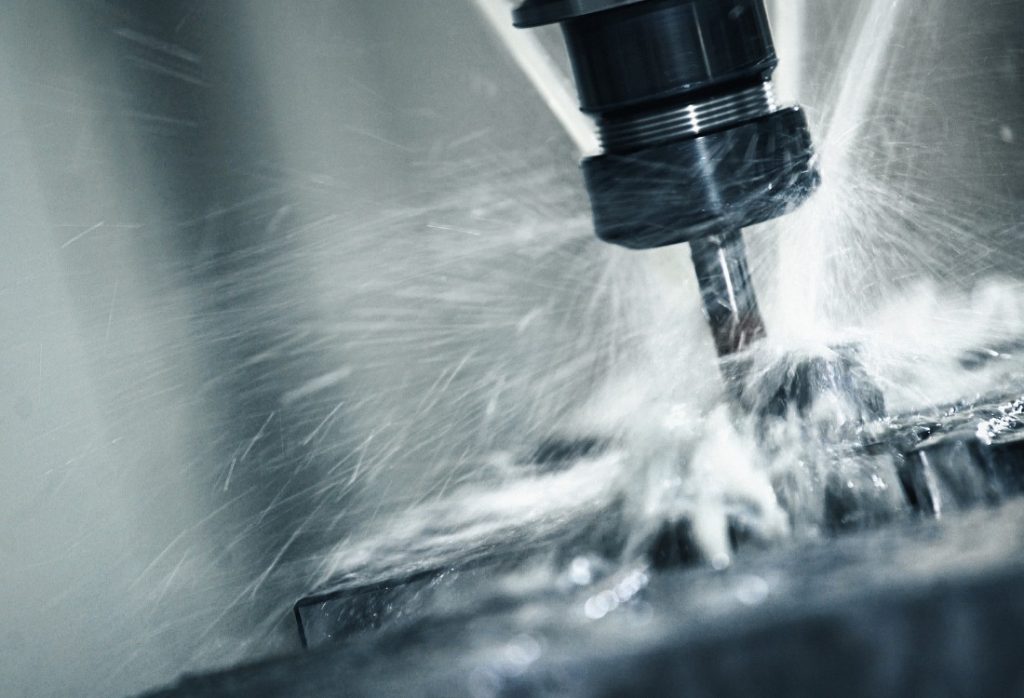
Inspection and Maintenance Protocols
No tooling strategy is complete without a solid inspection routine. Precision Tools require periodic checks for wear, chipping, and dimensional drift. Automated inspection stations equipped with vision systems or laser micrometers can detect issues early, preventing defective parts from entering downstream processes.
Proactive maintenance extends tool life and maintains part accuracy. Sharpening schedules, lubrication routines, and component replacements must be strictly followed. High-volume electronics production can’t afford surprises, so consistent inspection protocols are crucial for staying ahead.
Digital Integration and Tool Management Software
Today’s toolmakers benefit from digital platforms that track wear, usage, and calibration status to optimize their operations. Tool management software creates a digital twin of every Precision Tool, logging its history and predicting maintenance needs. This data-driven approach reduces unscheduled downtime and enhances forecasting accuracy.
Additionally, integration with ERP and MES systems provides real-time visibility into tooling availability and performance. With digital tracking, operations teams can proactively coordinate tool replacements, ensuring stamping lines remain productive and free from bottlenecks.
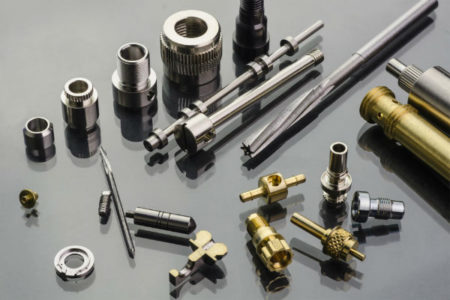
Precision Tools Drive Stamping Success
High-volume electronics production requires precision tools. Whether you’re producing connectors, heat sinks, or housings, your production results are entirely dependent on the precision of your tools. While high-quality tools require a larger upfront investment, the long-term benefits are unquestionable: extended tool life, micron-level precision, and optimized production efficiency.

